Inside the Minds of Uganda’s Top Bank CEOs: Reflections, Fears, and the Future of Banking

At the recently concluded Annual Bankers Conference, some of Uganda’s most influential banking leaders stepped away from the boardroom and into the spotlight.
Representing institutions that collectively control a significant share of the industry’s deposits, loans, and profits, these CEOs shape the pulse of Uganda’s financial system and, by extension, much of the country’s economic direction.
Among them were Julius Kakeeto of PostBank and Chairman of the Uganda Bankers’ Association; Mumba Kalifungwaof Stanbic Bank Uganda; Sanjay Rughani of Standard Chartered; Fabian Kasi of Centenary Bank; Godfrey Sebaana of Diamond Trust Bank Uganda; and Robin Bairstow of I&M Bank Uganda.
Together, they lead banks that span every segment of the market – from mass retail to high-end corporate finance – and command some of the largest balance sheets in the country.
It was a rare moment not just to dissect balance sheets and policy shifts, but to open up about the pressures, possibilities, and personal rhythms that define leadership in a sector both steady and in flux.
From a remittance boom and accelerating digitisation, to persistent concerns over interest rates, cybercrime, and regional stability, the CEOs offered a candid, data-backed – and at times deeply personal – look at what’s keeping banking afloat, and what’s keeping them awake at night.
Remittances: From Cash Transfers to Economic Engines
The consensus was clear: remittances are no longer just a lifeline for households – they’re a strategic growth frontier for banks.
“If you look at the USD 1.4 billion coming into the country annually, that probably makes remittances one of our leading exports,” said Julius Kakeeto, Managing Director of PostBank and Uganda Bankers’ Association Chairman. “It’s a big opportunity but has its own risks and challenges… Let’s open up investment opportunities so that they can have some impact on the economy.”
Mumba Kalifungwa, CEO of Stanbic Bank Uganda, called it “a quantum… quite important. It shows you that there’s an opportunity that financial institutions need to see how we can help invest and capitalise.”
Sanjay Rughani of Standard Chartered noted the pace of global change: “The game of remittances is changing globally at an immense pace… We have to stick to the core of the business, but also optimise on the opportunity that partnerships and collaboration provide.”
For Godfrey Sebaana at Diamond Trust Bank Uganda, the challenge is to move beyond transfers: “Let’s sensitise the masses and sell these investment options… Ugandans in the diaspora can opt to invest in government securities, unit trusts or any investment option that the bank has put on the table.”
Digital Transformation: Banking Without Borders
If remittances are the opportunity, digitisation is the delivery channel. Across the board, CEOs are investing heavily in technology to reduce costs, expand reach, and compete with fintechs.
Fabian Kasi, Managing Director of Centenary Bank, put it simply: “We’re designing products and investing in technology… we hope to implement a new core banking system which should be able to offer a seamless experience.”
For PostBank, digital is already dominant. “As I speak today, we have 57 branches that are only handling 10 percent of our transactions; 90 percent… go through our digital transactions,” Kakeeto revealed.
Robin Bairstow of I&M Bank Uganda pointed to product innovation: “We’ve launched new digital products especially with the ease of opening an online bank account using our application. We have doubled the number of customers than those who previously came into the bank.
Sectoral Focus: Following the Growth Hotspots
When it comes to lending priorities, the banks are moving in step with national economic priorities. Agriculture, manufacturing, infrastructure, tourism, and mining dominate their growth agendas.
Kasi is clear: “Our DNA is in agro-financing… about 18 percent of our lending is going into agriculture.”
Sebaana stressed alignment: “The bank’s strategy is very aligned to that of the government… If investments are going into agricultural modernisation, infrastructure to support tourism, mineral development, manufacturing, services – that is exactly where our play is.”
Rughani pointed to manufacturing, FMCGs, and mining as post-Covid winners: “We’ve also observed growth in cement, steel, FMCGs, mobile technology and digital payments… the whole mining sector, agriculture [coffee and cocoa] and anything to do with education and youth has grown substantially.”
Interest Rates and the Crowding-Out Effect
The CEOs were frank about the structural factors keeping borrowing costs high – and the limited room they have to lower them.
Kasi explained: “If the government borrows from the private sector, other operators… are crowded out which affects the interest rates charged. We’ve seen the government increase its domestic borrowing, we hope that will… stabilise so that banks focus on lending to other sectors at a good price.”
Bairstow linked it to infrastructure funding: “Government is also borrowing in the market at the moment… to be able to fund big infrastructure projects, you need the money… in any market, if you have a successful business, the rates are not the barrier, it’s about access to finance.”
Stability and Capital Strength
Several CEOs framed Uganda’s well-capitalised banking system as a competitive advantage.
Sebaana celebrated a milestone: “Banks had to enhance their capital ratios from UGX 25 billion to UGX 150 billion. That’s not a small achievement… we can now lift those contracts locally.”
Kakeeto added that stability is underpinned by strong compliance: “The industry is solid and the banks are doing well in compliance.”
Risks That Keep Them Awake
Cybersecurity emerged as the number one shared concern.
“What keeps us awake… is cybersecurity,” said Kasi. “As we automate, the risk of cyberfraud increases… Fraudsters are trying to get ahead of the curve so it is incumbent upon us to get ahead of them.”
Kakeeto echoed the worry: “As we innovate technology, the fraudsters are also busy innovating… all the time, you have to keep on improving your defensive mechanisms.”
Bairstow’s concerns extend to geopolitics: “I worry a little bit about regional stability… whenever that happens, trade stops and money gets blocked.”
Rughani is watching the tech curve: “What keeps me awake is the speed at which the world is changing… artificial intelligence is transforming much faster than many of us can manage.”
The Human Side: Staying Balanced Under Pressure
Behind the figures are leaders navigating intense personal demands.
“I’m a Rotarian… I also go to church… I do exercises on a regular basis which is non-negotiable,” said Kasi.
Kakeeto keeps perspective with “exercises… time with family and friends… I’m an ardent Arsenal fan.”
Bairstow believes in “knowing when to switch off… We partnered with someone to provide wellness sessions… all which goes to creating a healthy environment.”
Rughani turns to creativity: “I’m a photographer so I move outdoors… quite a bit of music, sometimes getting into spirituality, and just spending time with kids.”
As the CEOs made clear, Uganda’s banking sector is steady but in motion – capital-strong, tech-driven, and strategically aligned with national priorities.
Yet it’s also one in which the lines between opportunity and risk are razor-thin.
From remittances to regional stability, AI to agro-finance, the future will be shaped as much by the speed of adaptation as by the depth of capital.
And for the men steering these multi-billion-shilling institutions, that means balancing spreadsheets with sanity – a daily discipline in the ever-evolving world of Ugandan banking.
Share this content:

 Behind New Vision’s Numbers is a Business Model Under Strain
Behind New Vision’s Numbers is a Business Model Under Strain
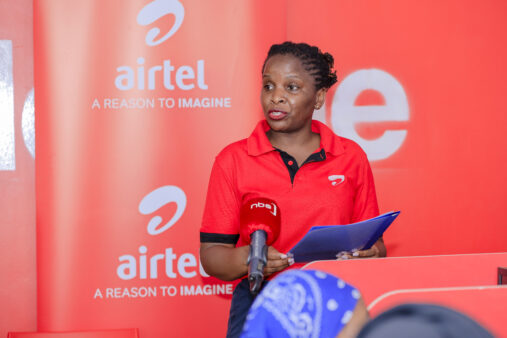
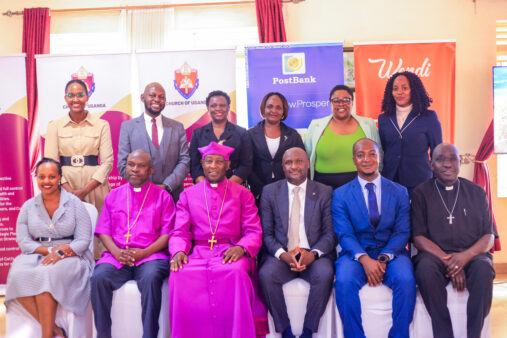
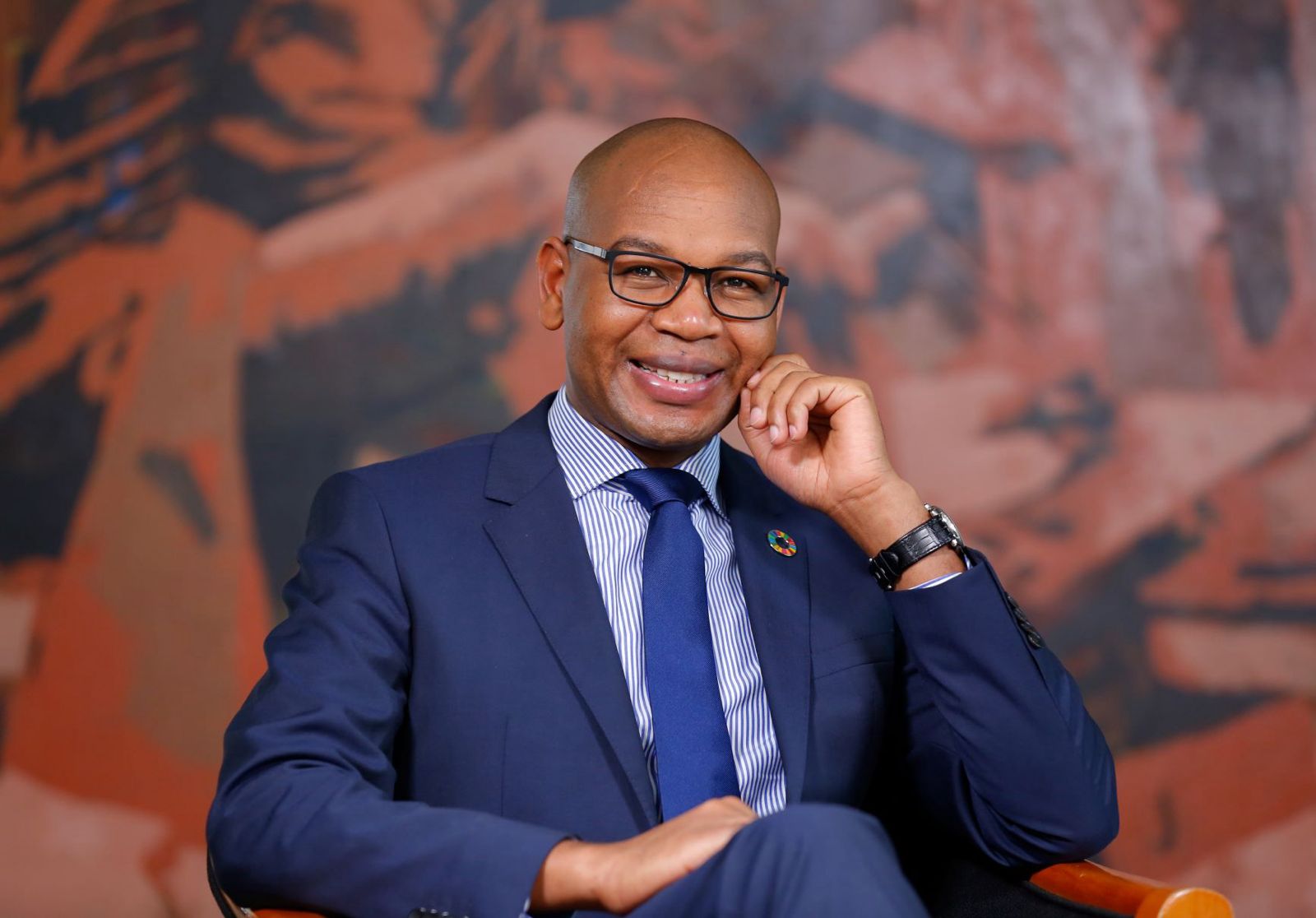
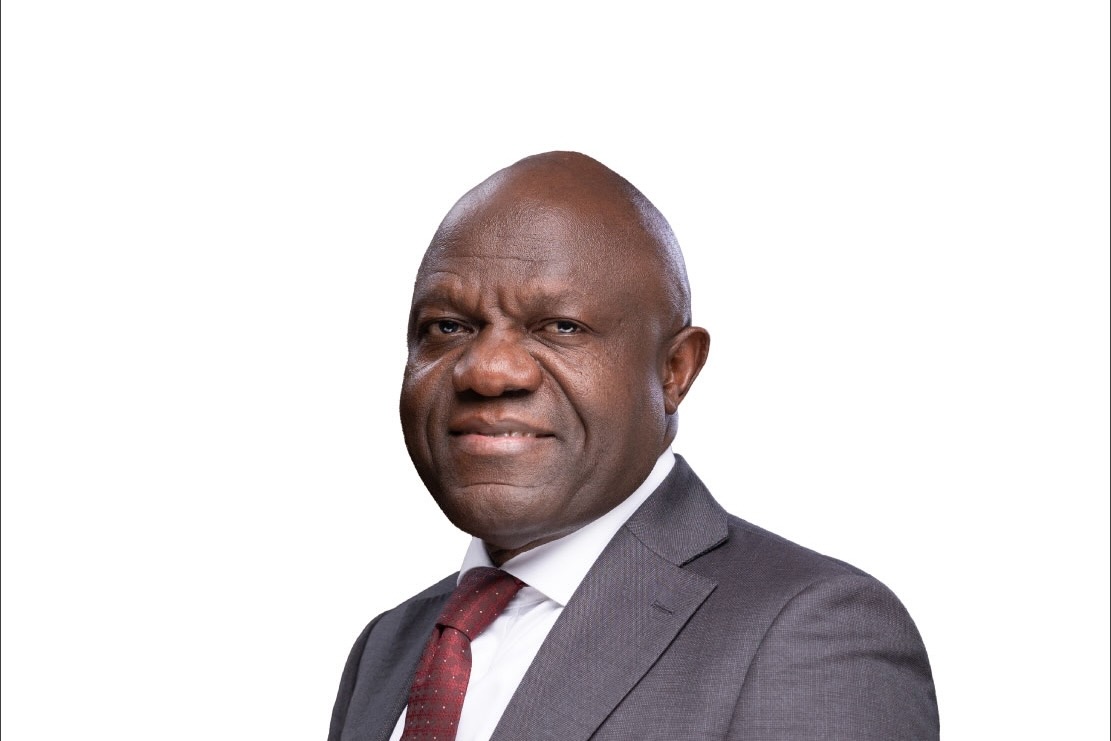
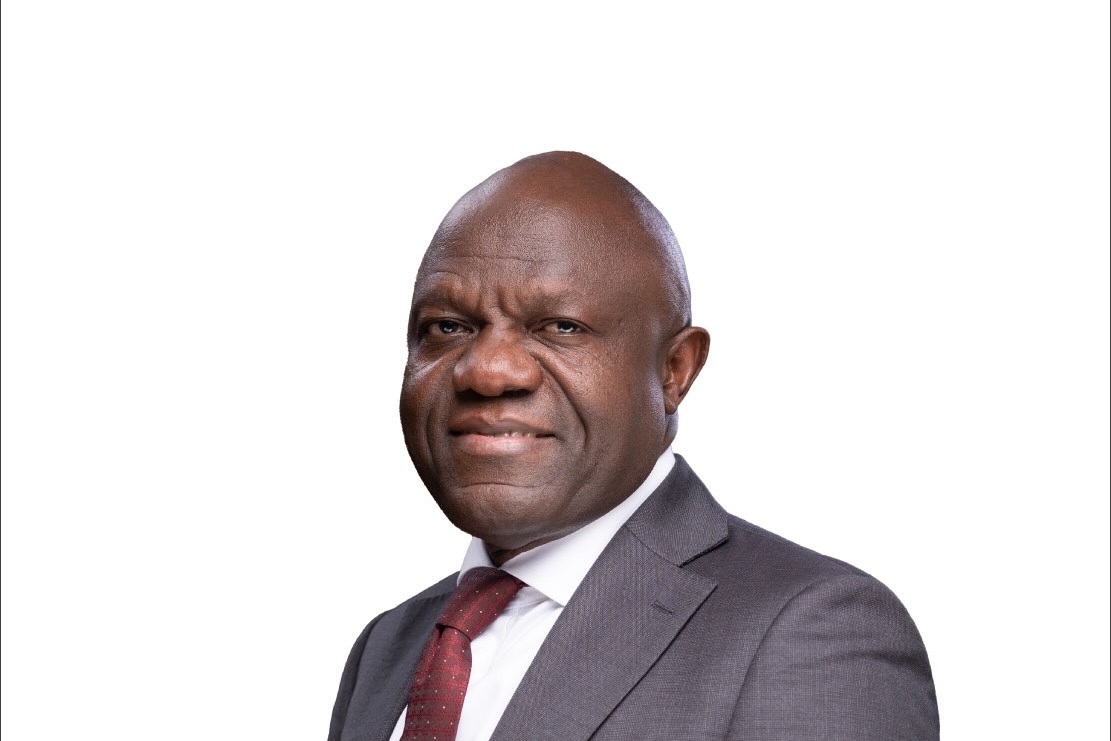

Post Comment